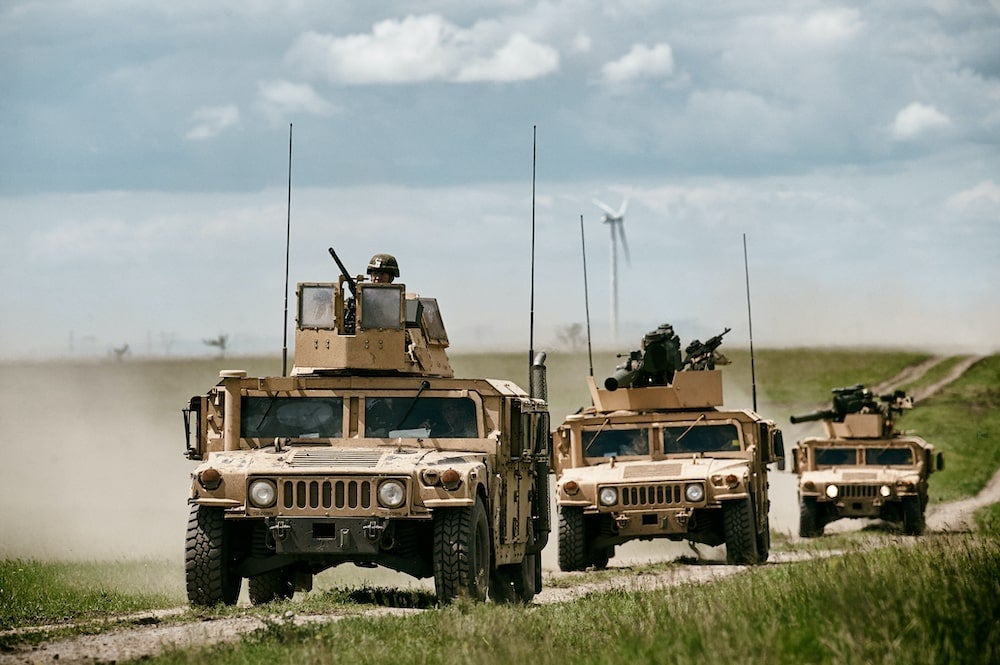In an indication of how defense budgets are likely to adapt to the post-COVID-19 security environment, on the 1st June Australian Prime Minister Scott Morrison announced US$190 billion in additional defense spending over the coming decade. The COVID-19 pandemic has had a destabilising effect, creating a world in Morrison’s words, that is “poorer, that is more dangerous and that is more disorderly.” Harry Boneham, Associate Analyst at GlobalData, comments, “in the context of this coming geopolitical reality, investment in next generation capabilities is becoming an imperative, rather than an indulgence.”
This can be seen within the allocation of funds announced by PM Morrison within the 2020 Defence Strategic Update. Procurement of contemporary, fifth-generation aircraft such as the F-35 is budgeted to continue, with 72 aircraft expected between 2020-2030 at a cost of US$ 6.7 – 11.57 billion. However, there are also large allocations for next-generation capabilities. Notable amongst these is the US$ 5 – 7.5 billion allocation for the procurement of “Teaming Air Vehicle”. This refers to unmanned teaming aircraft, UAVS operating in a loyal wingman role. Boeing Australia is already developing a prototype of a loyal wingman drone for the Royal Australian Air Force, under the umbrella of Australia’s Airpower Teaming System Programme. This capability has the potential to increase the size of fleets at a fraction of the cost of procuring full-up manned platforms. Additionally, they are capable of increasing the survivability of manned platforms by limiting their exposure and increasing their distance from harm during high-risk mission sections.
In a destabilised post-COVID-19 environment in which conflict is more likely, investment in capabilities such as this will allow states to assert their security as adversary states develop and deploy new weapons which challenge the contemporary military capability edge. In order to maintain this edge, the development of new capabilities is essential.










Related Company Profiles
Boeing Australia